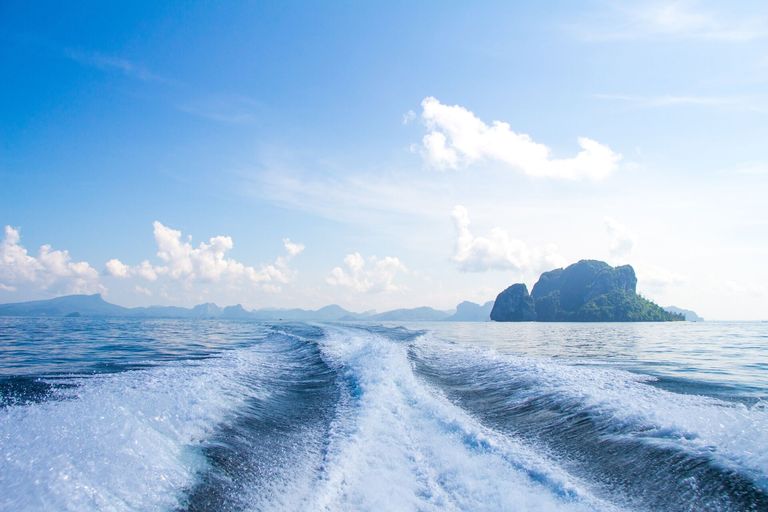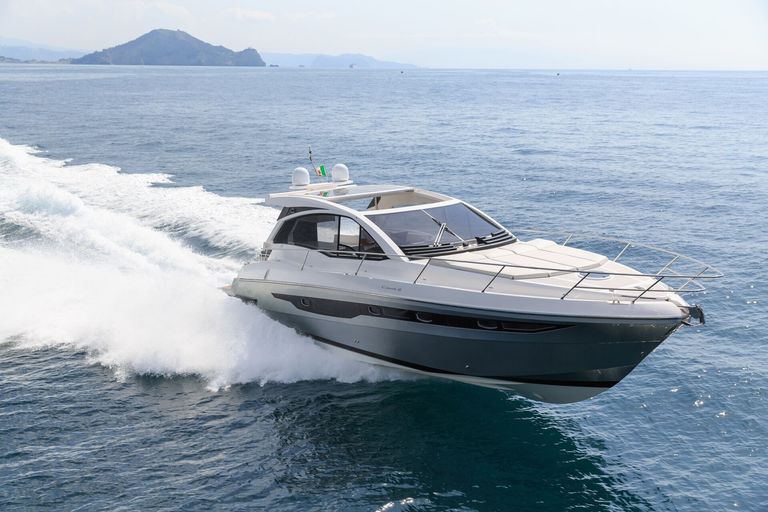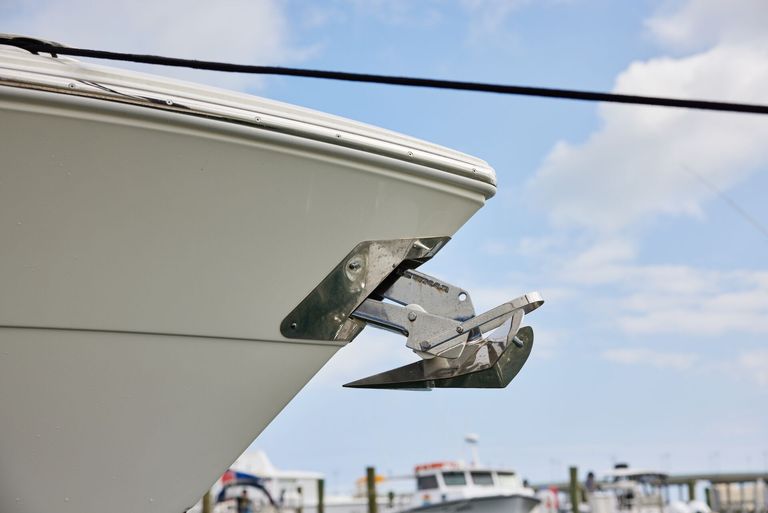What Are Buoys and Why Are They Important?
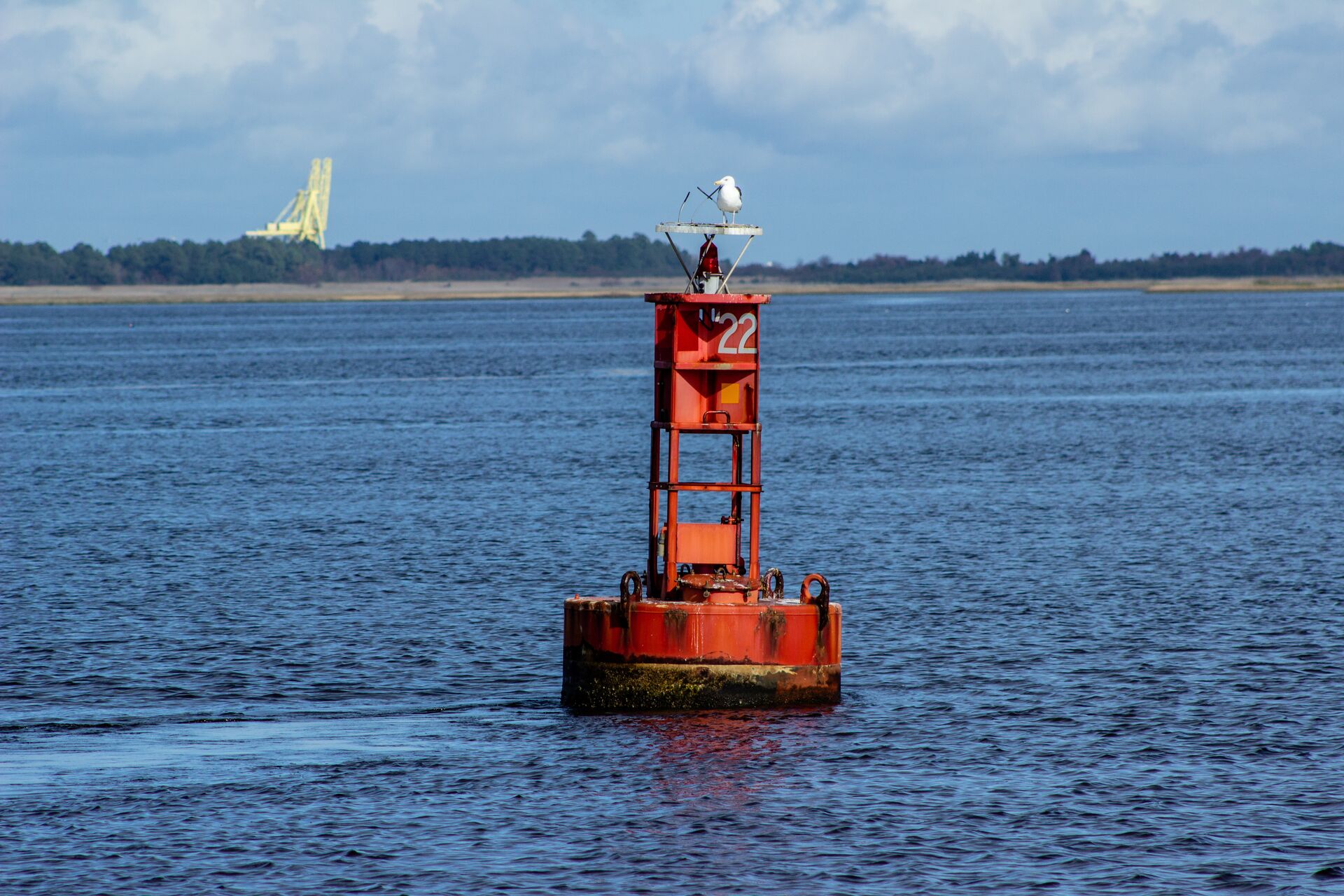
When you spend time on the water, it's important to understand proper navigational rules and signals.
One of the biggest ways to mark navigation information for waterways is through the use of buoys. These nautical devices are often round or oval-shaped but can also look like poles, pillars, or even a small structure on top of a floating platform.
When you see one of these indicators, the location, shape, style, and colors can all give you essential information about what it means and how it might affect your boating experience. That's why learning the specifics regarding these navigational aids is so valuable.
They might look like they're just bobbing in the water, but they're generally anchored to the sea floor and in specific locations for a reason.
Here's what you need to know about buoys!
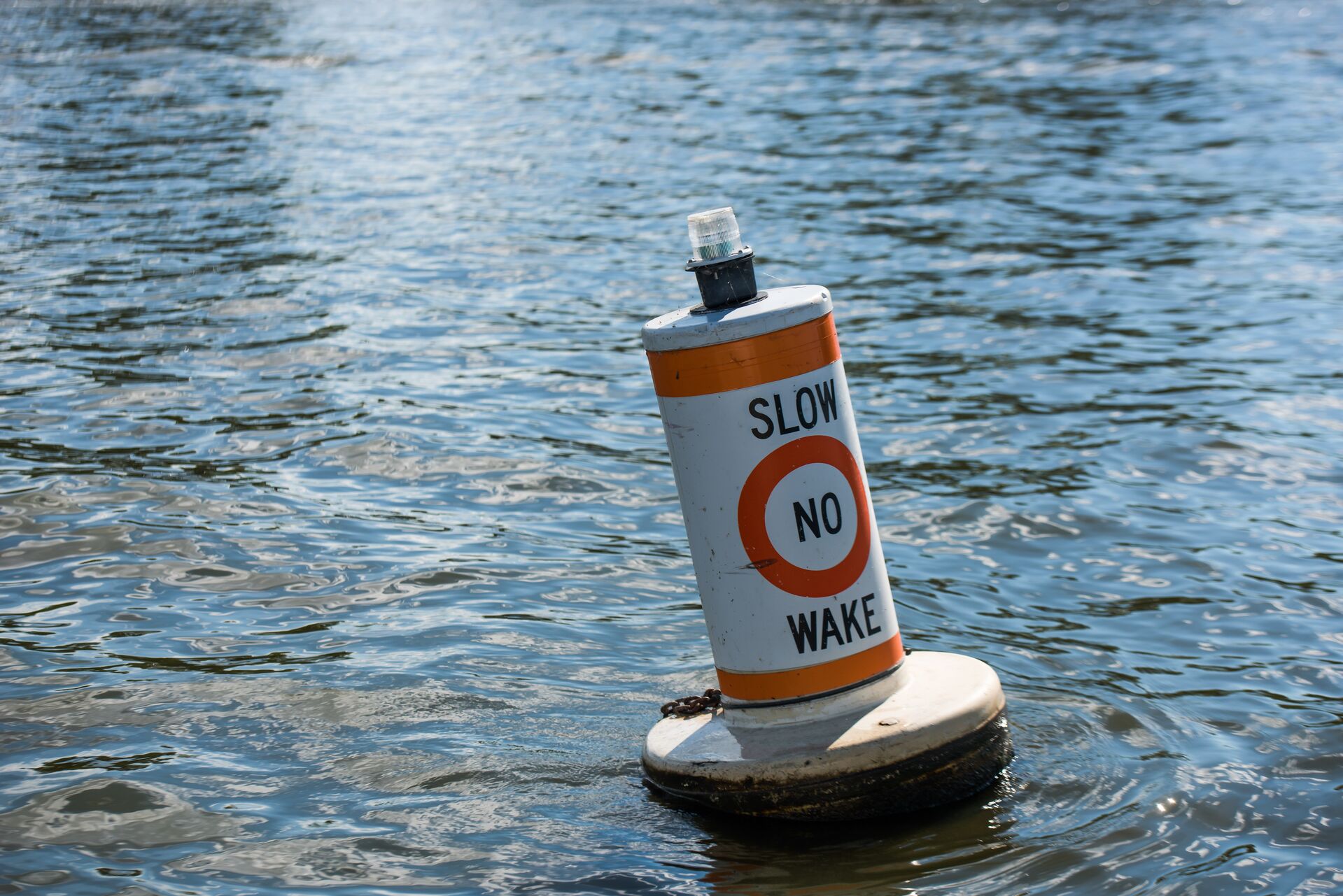
Types of Buoys
As essential marine markers, these indicators serve several different functions.
For example, navigational markers guide vessels through waterways, indicating channels, hazards, and safe routes. They come in different shapes, colors, and markings, with lateral types (red and green) marking port and starboard sides, respectively, and cardinal types marking specific navigational points.
Navigational markers also prioritize visibility, using bright colors and distinct shapes for easy identification, even in adverse weather or low light conditions.
Mooring buoys are stationary markers used to secure vessels and provide anchoring points in harbors and marinas. They generally feature a buoyant float on top of a weighted anchor, and ropes or chains are attached for boat mooring. These markers focus on stability and strength to support the weight and forces of moored vessels.
Regulatory options convey rules, regulations, or warnings to boaters, such as speed limits, no-wake zones, or restricted areas. They often display specific symbols or signage to communicate their messages more effectively. These indicators are focused on communicating clearly, using standardized symbols or text to convey messages to boaters.
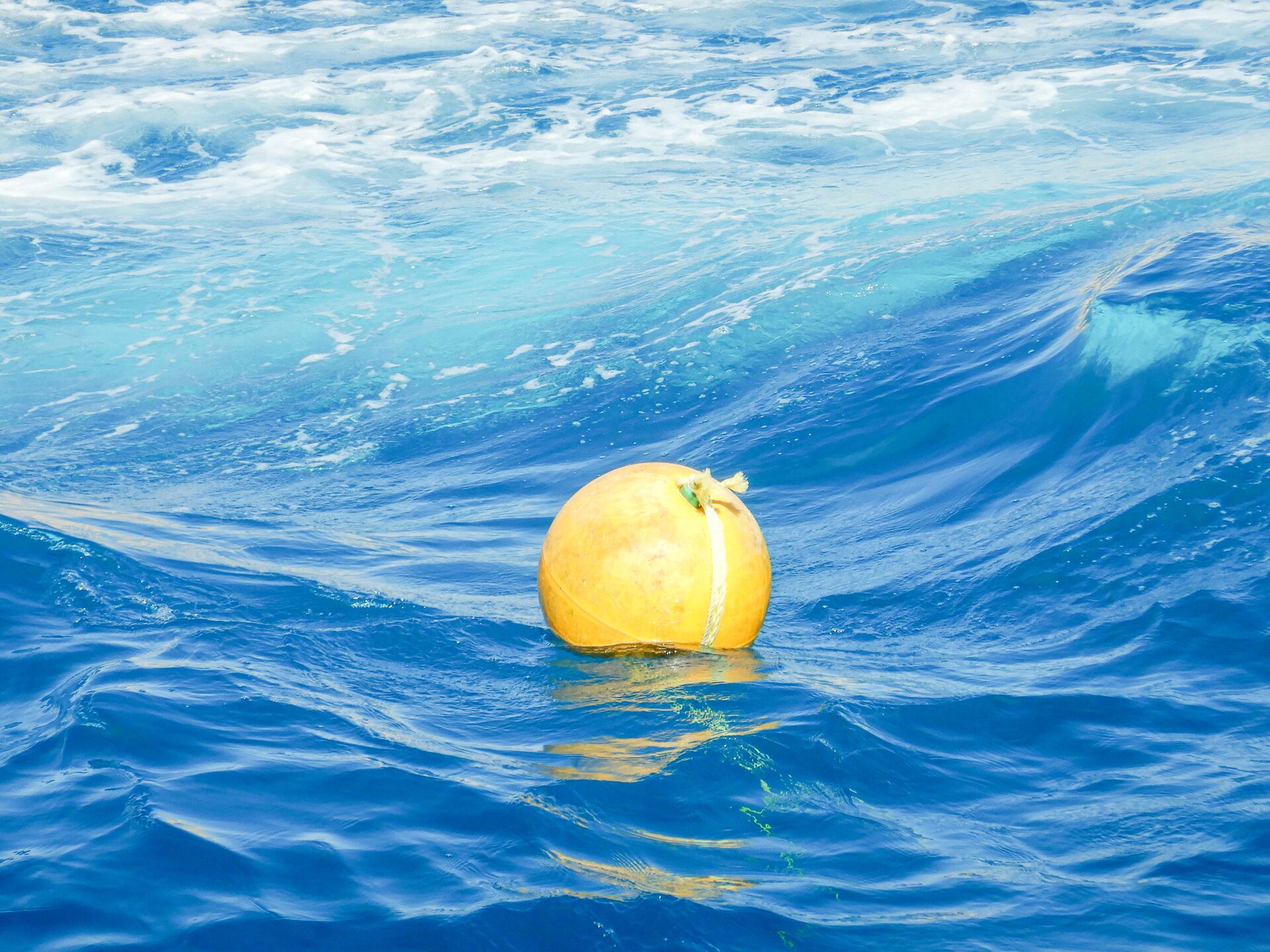
Why Do We Use Buoys?
So, why are they out there? These markers are valuable for a variety of reasons!
Navigational Aids
Navigational aids are essential when going through channels or other spaces on the water. With distinct colors and shapes to indicate port and starboard sides, along with cardinal points, they help vessels determine location and direction.
Bright lights and reflective materials help with visibility and enhance safety in low visibility or at night. Because they mark routes and warn of dangers, navigational options are critical in preventing accidents and helping marine traffic move smoothly.
Safety and Regulation
Navigational markers also enhance maritime safety by warning boaters of hazards such as rocks, shoals, or submerged structures. These markers are important visual cues indicating areas to avoid or places that should be navigated cautiously.
Regulatory markers increase safety by marking restricted zones, speed limits, and other regulatory areas, helping boaters comply with marine laws and regulations. Because they clearly mark boundaries, they help prevent accidents and promote accurate navigation, making waterways safer for everyone.
Environmental Monitoring
Another reason for these markers is environmental monitoring. They can measure things like water temperature, salinity, and pollution levels. The data is then used in scientific research, climate monitoring, and marine conservation efforts.
By continuously collecting and transmitting information, these marine aids contribute crucial knowledge for understanding ocean trends, assessing environmental impacts, and creating conservation strategies. Buoys help to improve the world around them by offering valuable information about changes to the area.
Search and Rescue Operations
Another way these water-based markers add value to boaters and others is in search and rescue operations. They can be combined with GPS and other tracking technologies by providing reference points for locating distressed vessels or boaters lost at sea.
This helps enhance response times and enables fast and precise coordination of rescue efforts. When they transmit their exact positions and serve as beacons, they make it easier for rescue teams to navigate larger areas of open water efficiently. This increases the chances of stranded boaters being located and saves lives in critical situations.
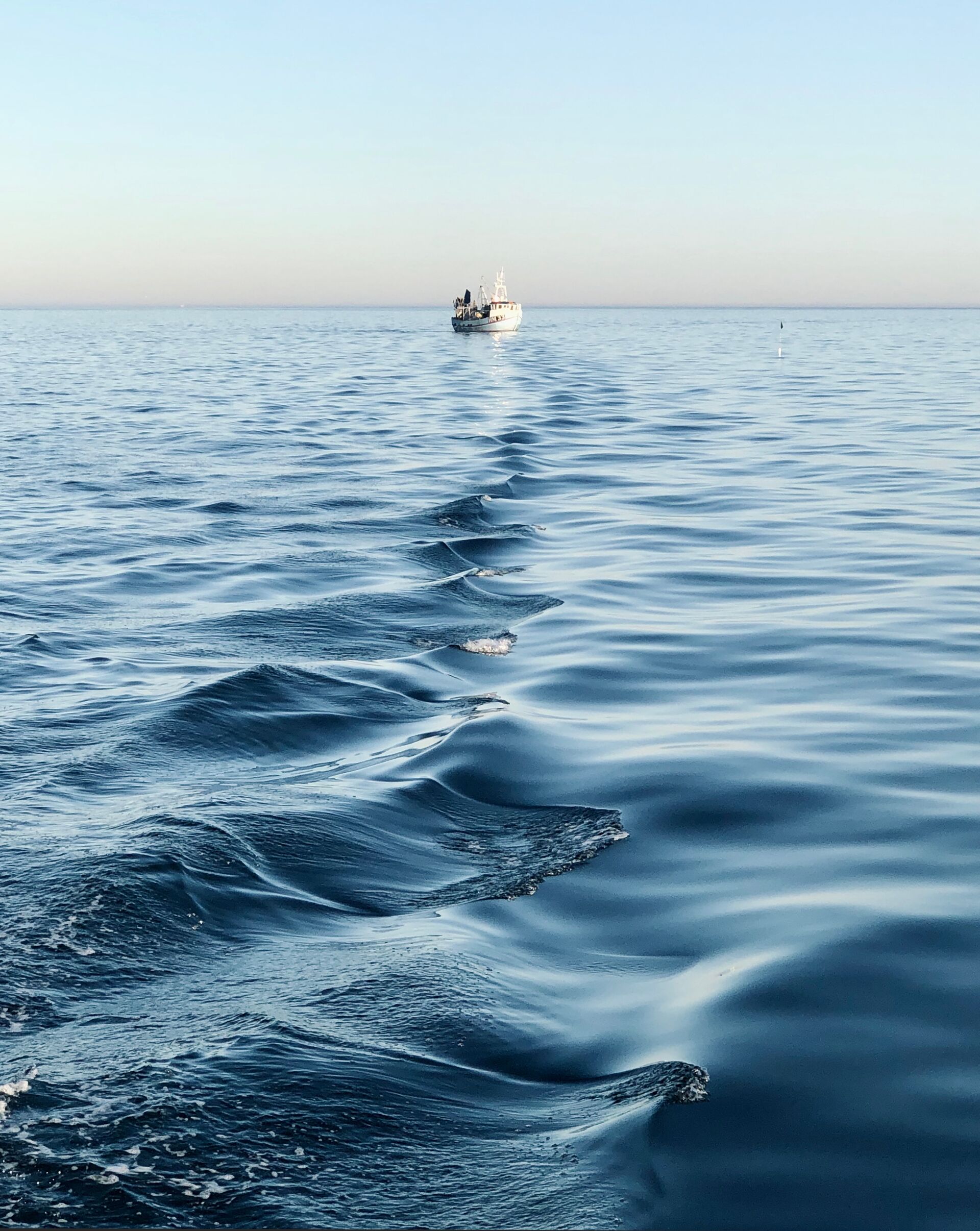
Technological Advancements
Recent technological advancements include solar-powered navigational and regulatory markers, automated monitoring systems, sensors, and communication devices. Solar power reduces the need for conventional energy sources, making marine aids more sustainable and cost-effective.
Automated monitoring systems also help improve the accuracy and reliability of data collection while reducing the need for maintenance. With sensors and communication options, monitors can receive real-time data transmissions, enabling faster responses to changing conditions.
Global Significance
Buoys are globally significant in maritime trade, transportation, and commerce. They help mark shipping channels and maritime routes, connect ports, and enable safe passage for boats of all sizes.
This infrastructure supports everything from international shipping to weekend anglers trying to find their favorite new fishing spot.
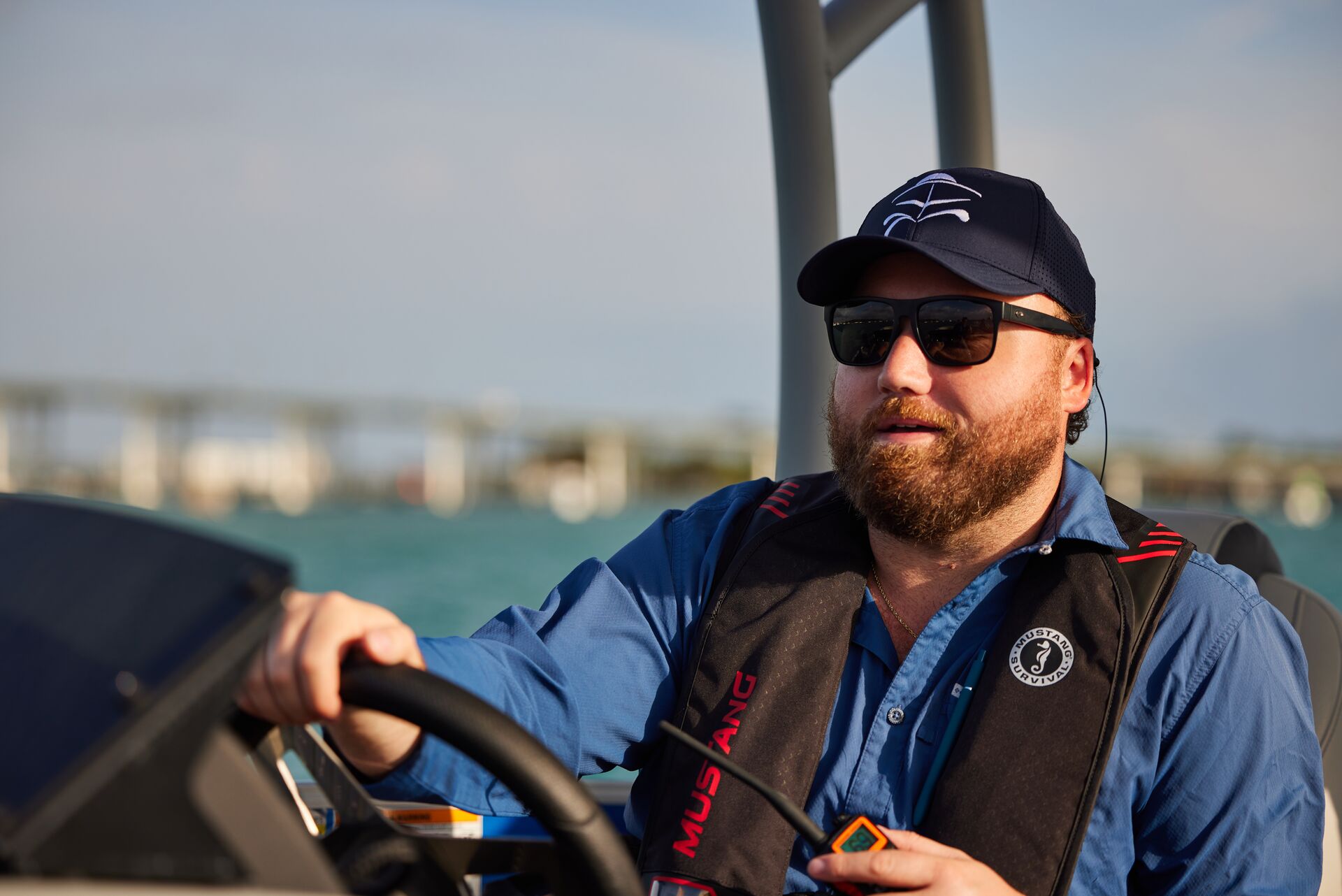
Learn About Navigation, Safety, and More with BOATERexam
Buoys are a crucial aspect of navigating safely on the water, but there's so much more to learn about boating!
So, before you head out on the waterways, take the time to work your way through an online boater safety course with BOATERexam. Not only will you learn about maritime aids and markers, but you'll get plenty of vital information to have more fun and confidence on the water.
Safe boating is fun boating! So, choose the course for your state if you live in the U.S. and start learning. In Canada, take our Canadian course, then get your boating license and hit the water!

